What a fun week
This past week at North Table Mountain brought out great friends and colleagues. Amongst us, we were fortunate to find eight Prairie Rattlesnakes, and all just off trail along the south and southwest portions of the North Table Loop Trail, as well as near its junction with the Tilting Mesa Trail…or said another way, up on-top from the west trailhead and sprawling east and southeast. (Stay tuned…we’ll use maps next week!) Our finds are likely snakes that are only in their 2nd or 3rd year, and about 2-3 feet and somewhat skinny. Under state and local permits, we gathered 4 to receive surgically-implanted transmitters, and they have already been released back where we found them. With these, and the 16 more we will collect, we will track them throughout the year to understand how they use North Table Mountain.
Why is this important? Why not kill them as soon as we find them?
As it turns out, rattlesnakes are important to ecosystems and to us. For instance back east (i.e. not Colorado), researchers are learning how Timber Rattlesnakes (Crotalus horridus) are contributing to the control of rodents that host Lyme-disease carrying ticks (Check this out: https://www.umdrightnow.umd.edu/news/timber-rattlesnakes-vs-lyme-disease). Here in the west, opportunities exist to study if and how Prairie Rattlesnakes help control plague or other zoonotic (i.e. from animals to people) diseases potentially impacting humans, pets, or maybe even their livestock. Also, these potentially deadly animals help save our lives, and not just by providing the ingredients for anti-venom (or antivenin). Search the web on your own, after reading this blog and checking out the rest of the website, to find the many ways venom helps save lives from heart disease (thank you rattlesnakes and other pit vipers!), diabetes (thank you Gila monsters!), and much more…and researchers have barely scratched the surface understanding the complexities of venom in animals from here, rainforests, oceans, and everywhere else.
As it turns out, rattlesnakes are important to ecosystems and to us. For instance back east (i.e. not Colorado), researchers are learning how Timber Rattlesnakes (Crotalus horridus) are contributing to the control of rodents that host Lyme-disease carrying ticks (Check this out: https://www.umdrightnow.umd.edu/news/timber-rattlesnakes-vs-lyme-disease). Here in the west, opportunities exist to study if and how Prairie Rattlesnakes help control plague or other zoonotic (i.e. from animals to people) diseases potentially impacting humans, pets, or maybe even their livestock. Also, these potentially deadly animals help save our lives, and not just by providing the ingredients for anti-venom (or antivenin). Search the web on your own, after reading this blog and checking out the rest of the website, to find the many ways venom helps save lives from heart disease (thank you rattlesnakes and other pit vipers!), diabetes (thank you Gila monsters!), and much more…and researchers have barely scratched the surface understanding the complexities of venom in animals from here, rainforests, oceans, and everywhere else.
Who’s out at North Table Mountain finding rattlesnakes and tracking them?
Simply put, there are a lot of people working with this project so that we can understand better how rattlesnakes use North Table Mountain and how to maximize visitor and pet safety. We’ll introduce our colleagues at Jefferson County Open Space soon, but first here are project leads from the Adaptation Environmental Services team:
Simply put, there are a lot of people working with this project so that we can understand better how rattlesnakes use North Table Mountain and how to maximize visitor and pet safety. We’ll introduce our colleagues at Jefferson County Open Space soon, but first here are project leads from the Adaptation Environmental Services team:
| Kevin has had a lifelong interest and hobby in reptiles, and especially in helping others understand them better. He has contributed his time to several Front Range-based conservation organizations, assisted with environmental education and outreach programs, provided photographs for educating others, and researched Prairie Rattlesnake behaviors in the City of Boulder and at Rabbit Mountain Open Space in Boulder County. He and his son, Ryan, work hard to share their experiences with everyone here at ColoradoHerping. |
| Joe is a wildlife biologist and former zookeeper. As a zookeeper, he worked daily with a large venomous snake collection and helped with breeding and conservation of rare reptile species, such as West Indian rock iguanas. He studied how lizards regulate their body temperature in graduate school, before coming to CO and working with agencies in land and wildlife management. Joe helped lead research efforts with rattlesnakes in Boulder. |
| Bryon is and has been a professional zookeeper for some time now. He shares his interest in snakes with folks all over the Front Range in educational programs at various sites, like State Parks. Bryon started the Rattler Tattler here in Colorado back when researching Prairie Rattlesnake movement patterns at the Plains Conservation Center in Aurora. His expertise and knowledge from the PCC was very helpful to us on projects in the City of Boulder and at Rabbit Mountain Open Space. |
| Brent is a former zookeeper and museum researcher. His work with rattlesnakes ranges from helping on field research projects in southeast Colorado and throughout Kansas to routine care of snakes for the exhibit “Rattlesnakes of the U.S.” currently at the Sternberg Museum of Natural History in Hays, KS. In addition to all wildlife and habitat research, he focuses a considerable amount of effort to education and training. |
| Dr. Fitzgerald is a veterinarian at Alameda East Veterinary Hospital and previously assisted Bryon at the Plains Conservation Center with Prairie Rattlesnake radio-telemetry (i.e. tracking). He’s providing similar services to North Table Mountain here, as well as contributing his knowledge of snake transmitters and tracking from all over the world. He never stops thinking about how to expand our research and knowledge, and is tireless in efforts to help people and animals, pets or wildlife. |
The cooler weather will slow down our work some, but as soon as it warms up again we will be back out at North Table Mountain searching for more snakes. Please come meet us and share your experiences with snakes here and anywhere else!

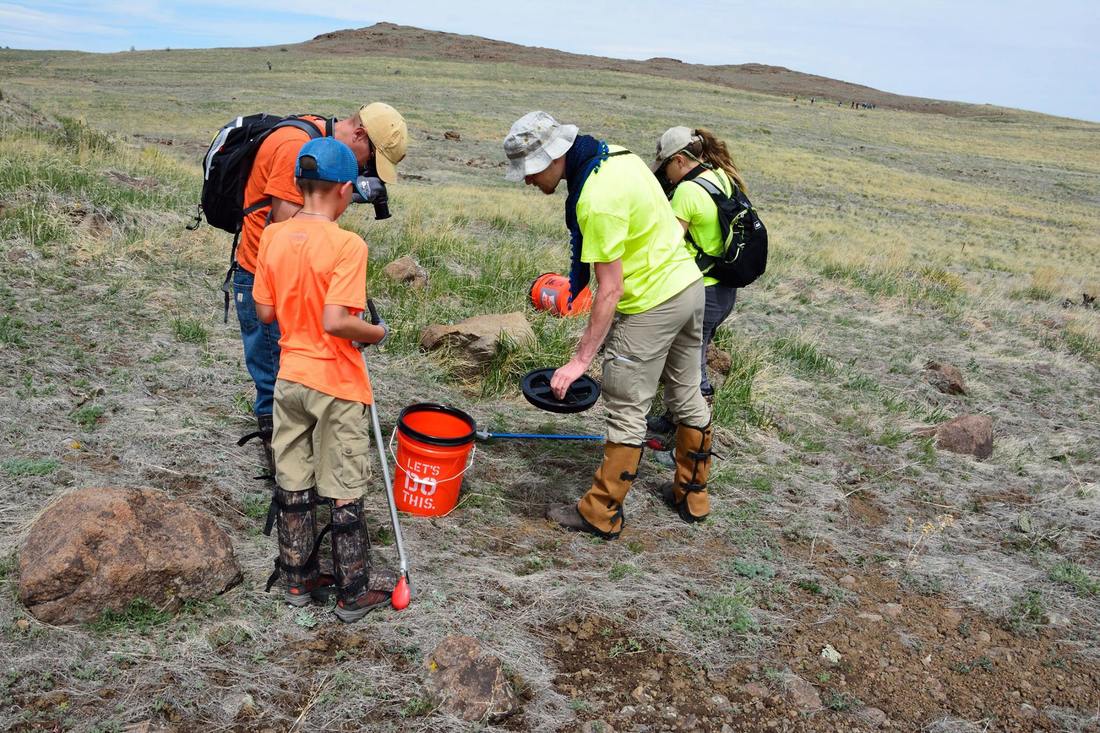
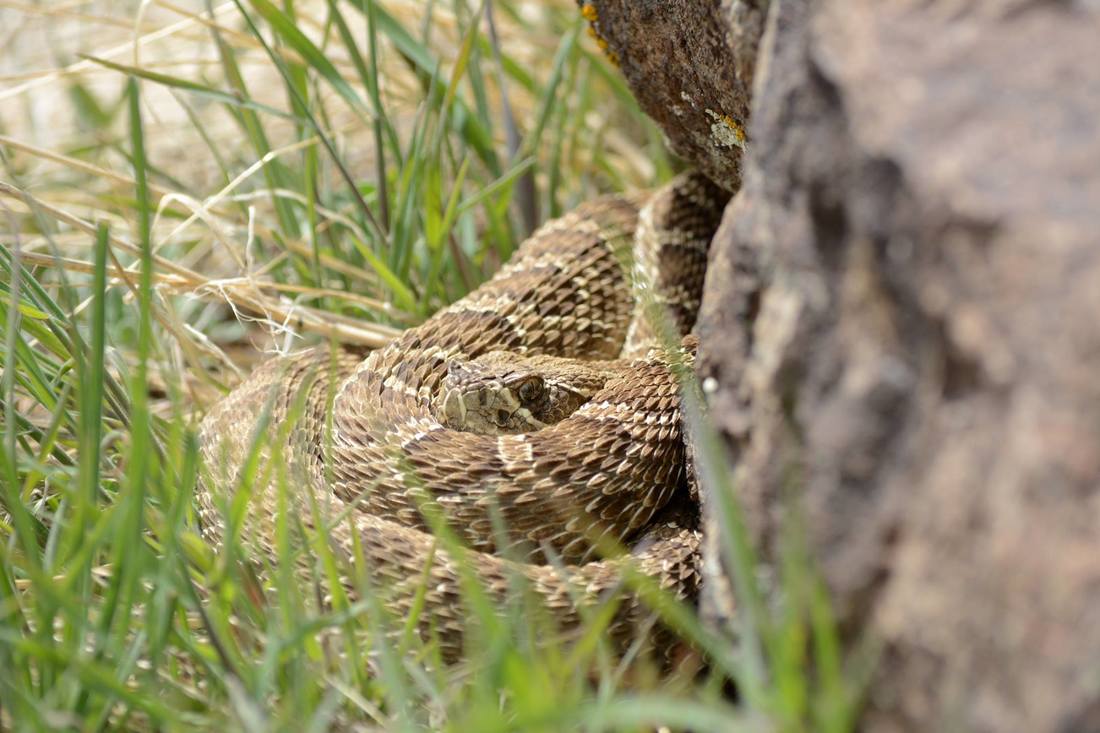
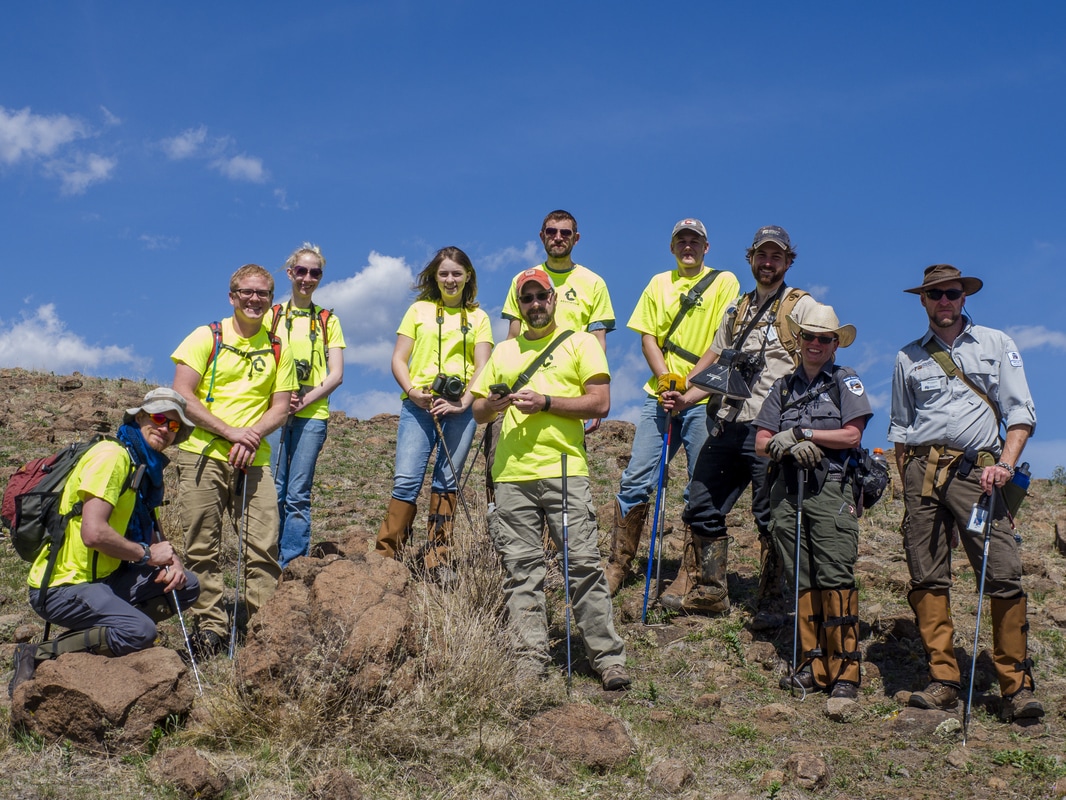



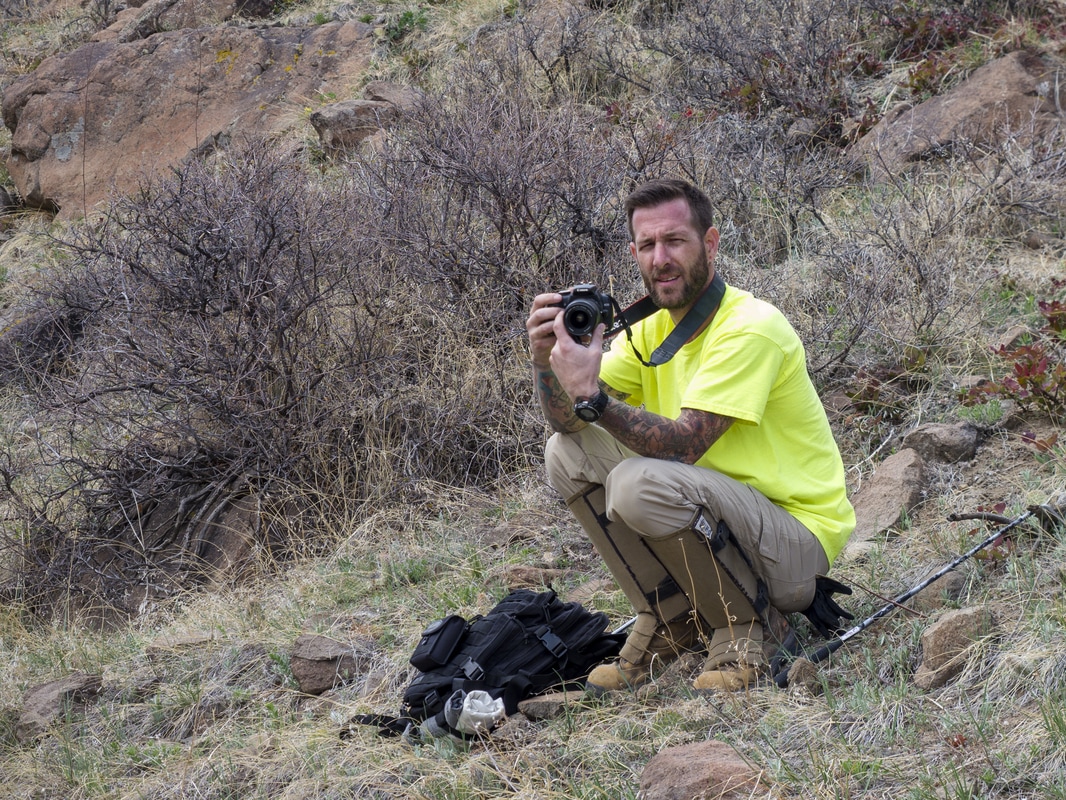
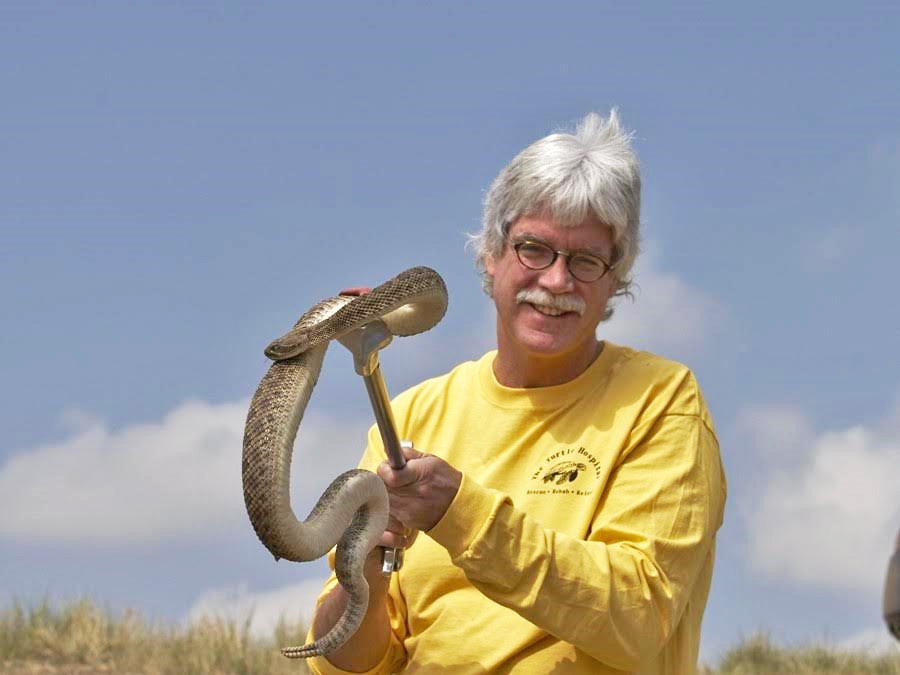
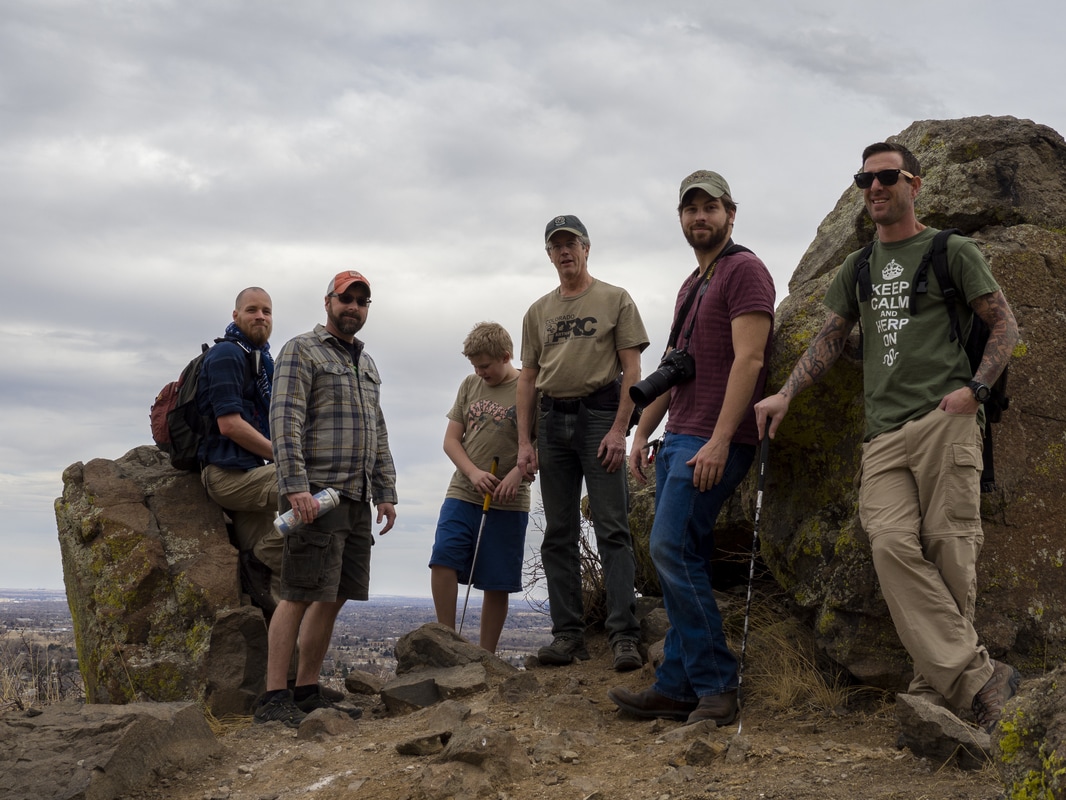
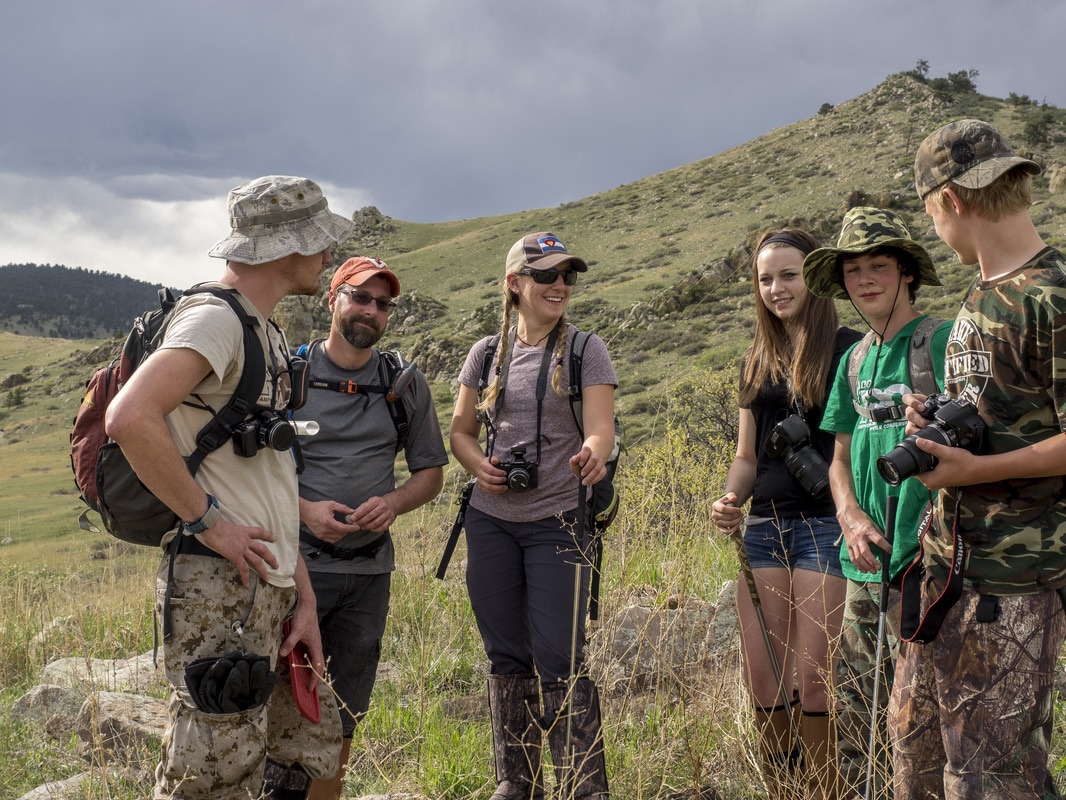
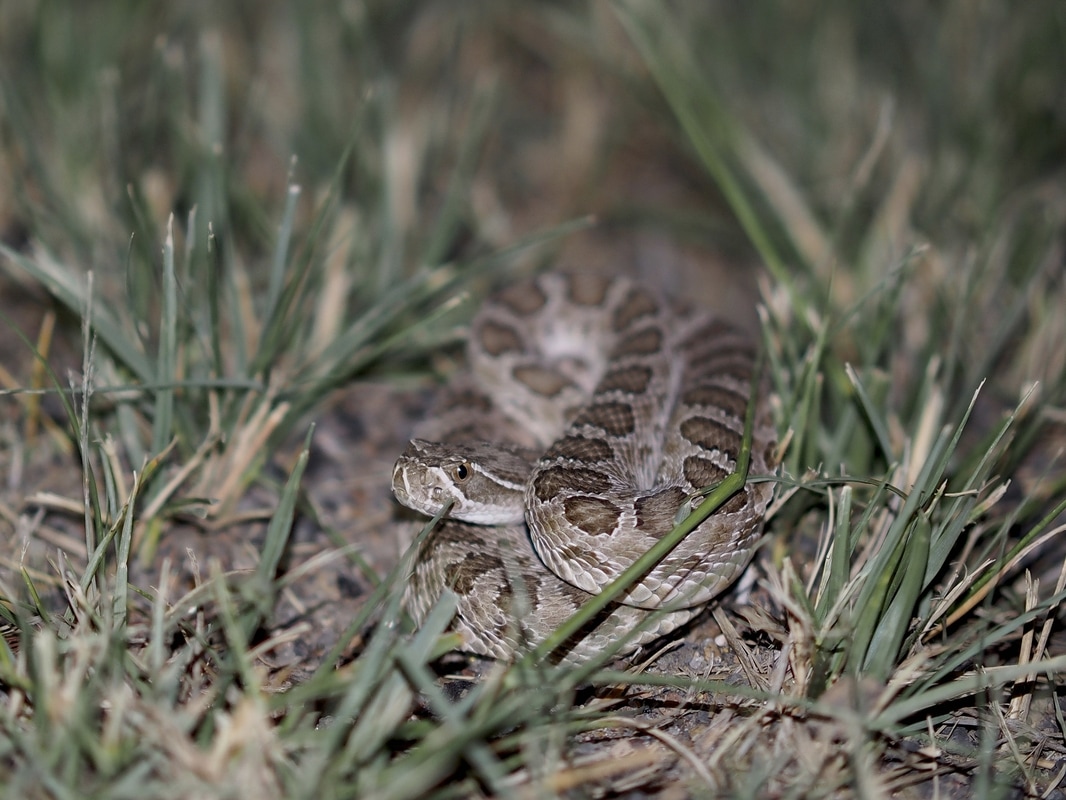
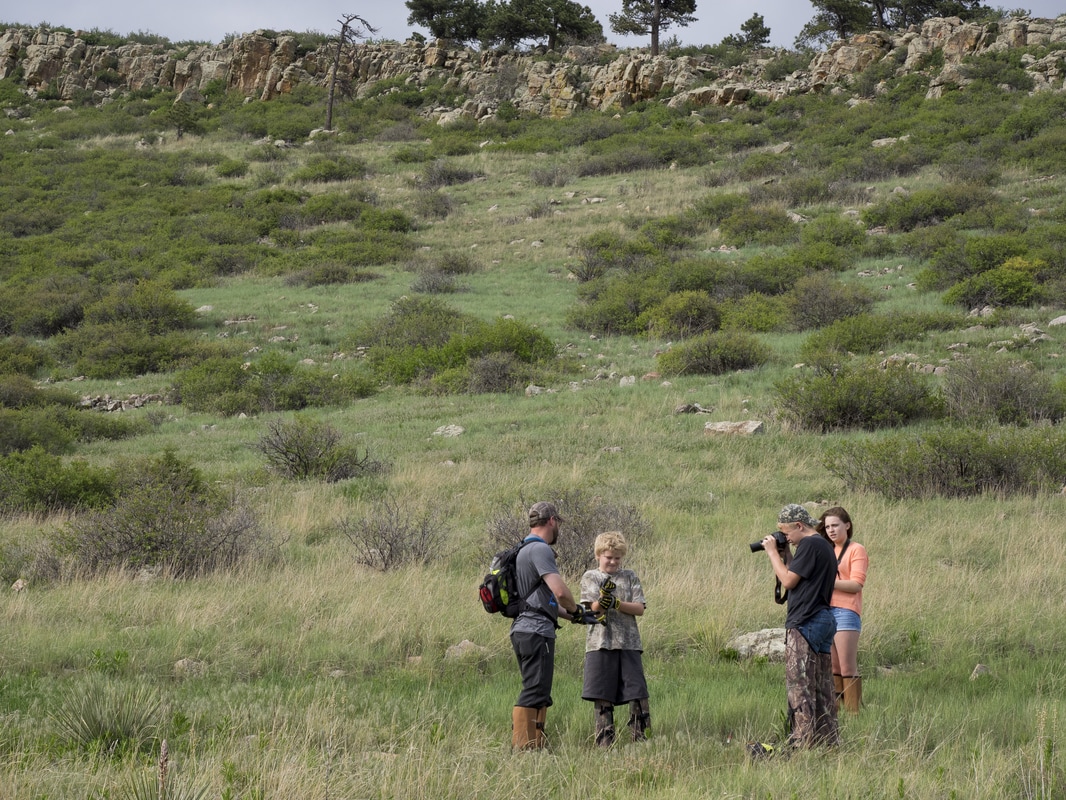
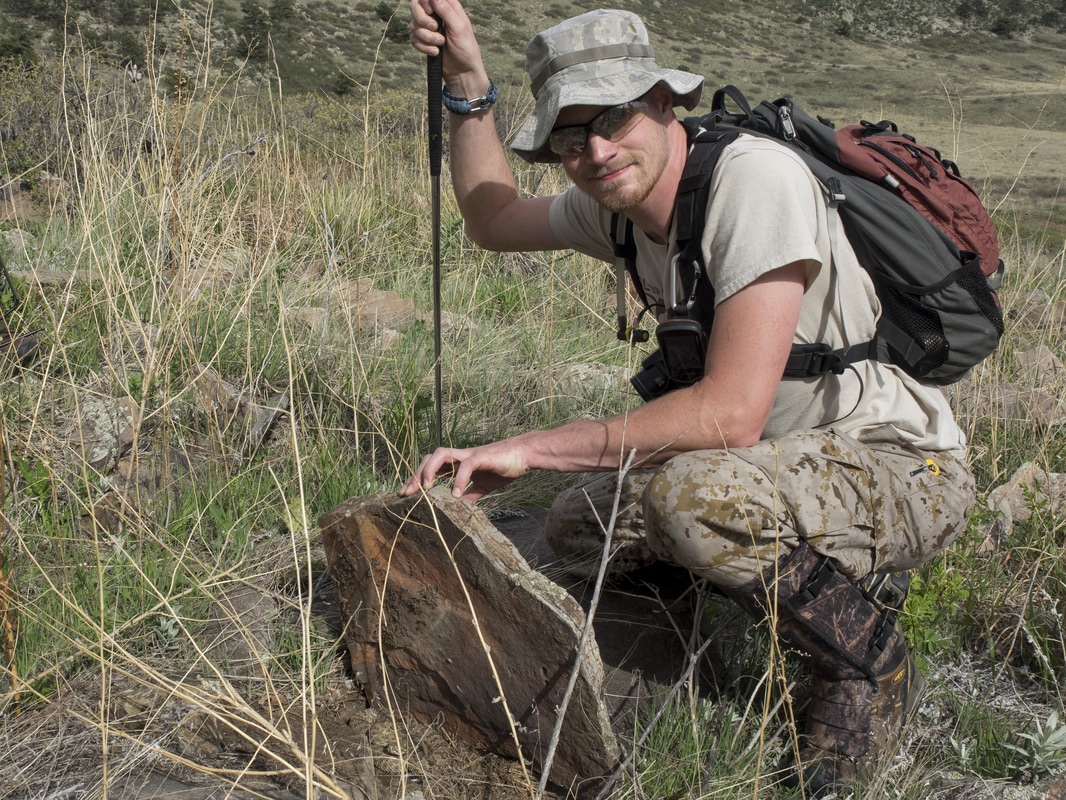
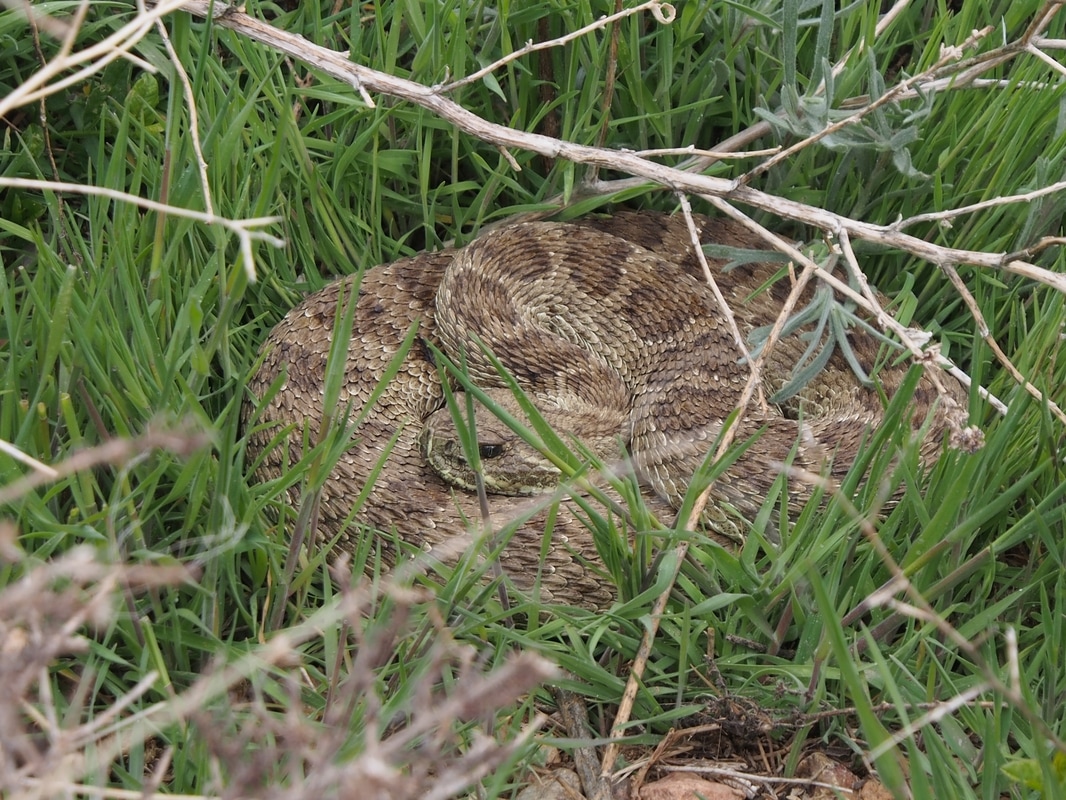

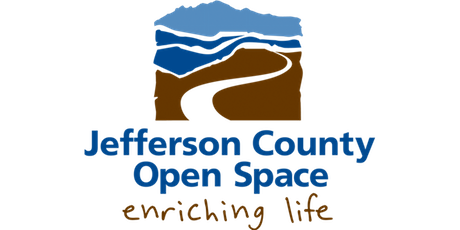
 RSS Feed
RSS Feed
